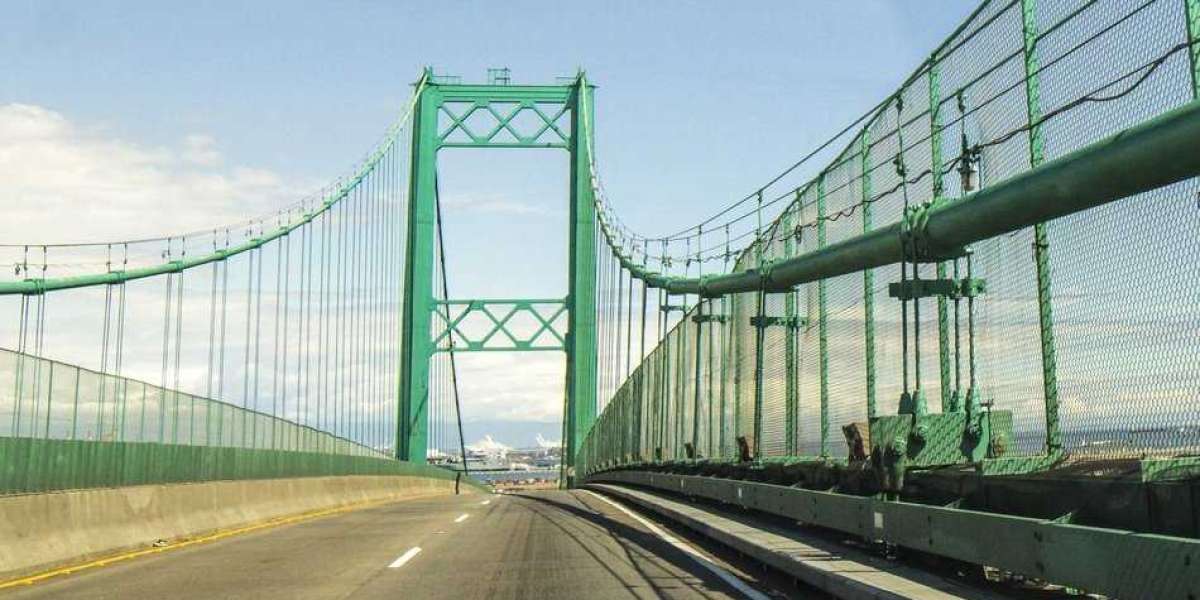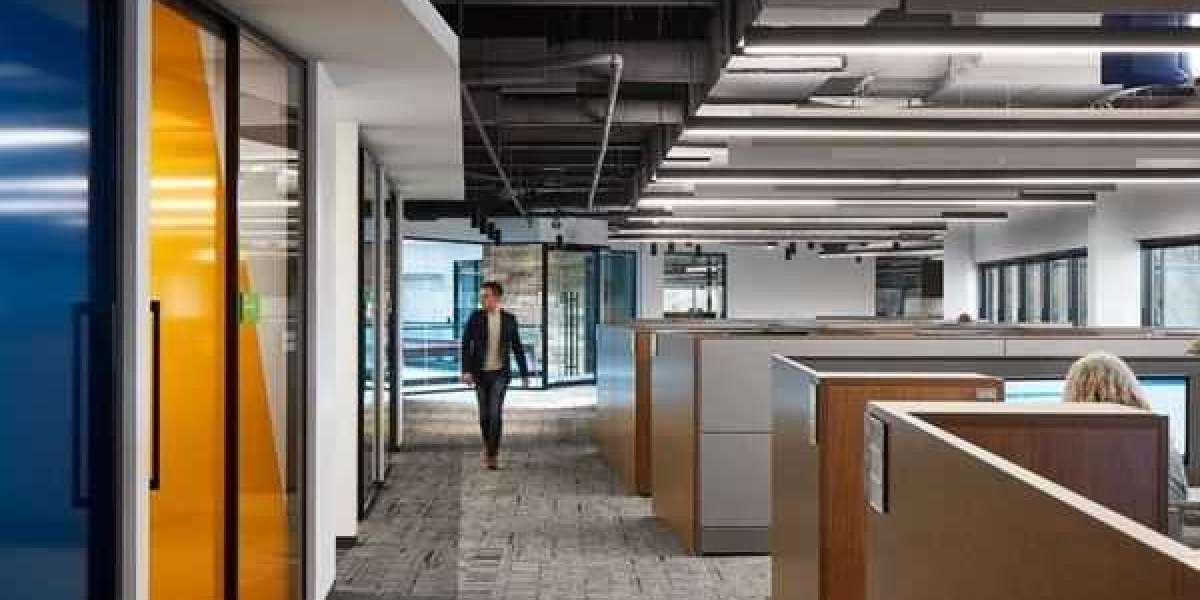Challenges in Transitioning to Green Steel Production
The steel industry has traditionally relied on coal for steel manufacturing in blast furnaces which produces a significant amount of carbon emissions. Transitioning to greener production methods requires huge investments in building electric arc furnaces and hydrogen direct reduction plants to replace the existing coal-based infrastructure. It is estimated that transitioning a single blast furnace plant to adopt green technologies can cost billions of dollars. Due to such high transition costs, many steelmakers have been slow to adopt cleaner production methods.
Use of Scrap Metal and Electric Arc Furnaces
One of the methods Green Steel are adopting is increasing the use of electric arc furnaces (EAF) that can recycle scrap steel. EAF produces 66% fewer carbon emissions than traditional blast furnaces. Major steelmakers like US Steel, Steel Dynamics and Nucor have increased their scrap metal recycling capabilities and dependence on EAF. However, EAFs are currently not suitable for primary steel production and can only handle up to 30% virgin materials as higher density of impurities from using pig iron limits their production capacity.
Get More Insights on- Green Steel














